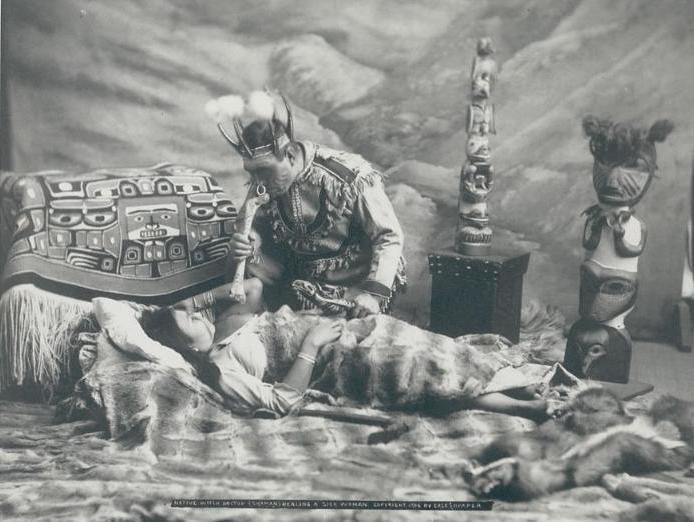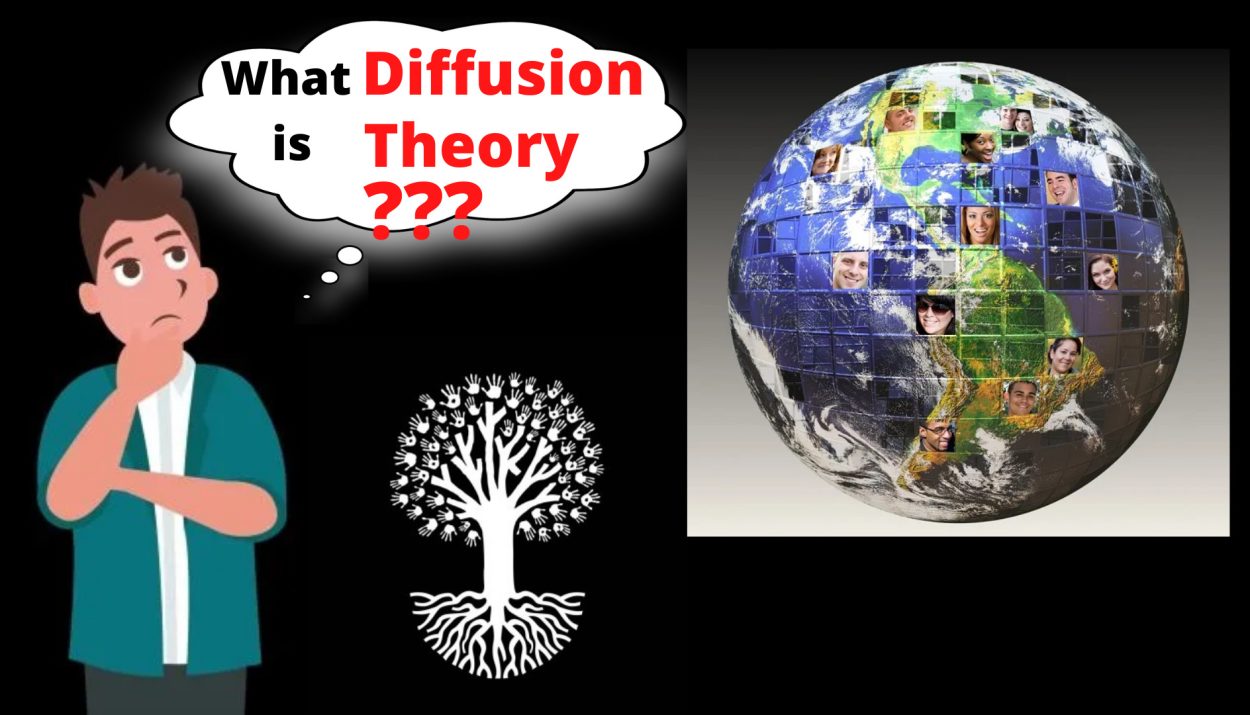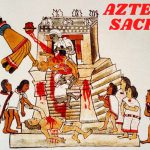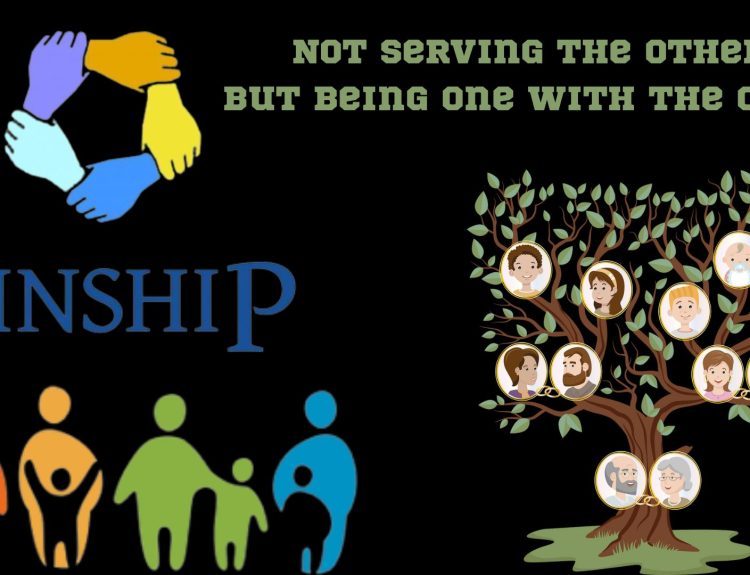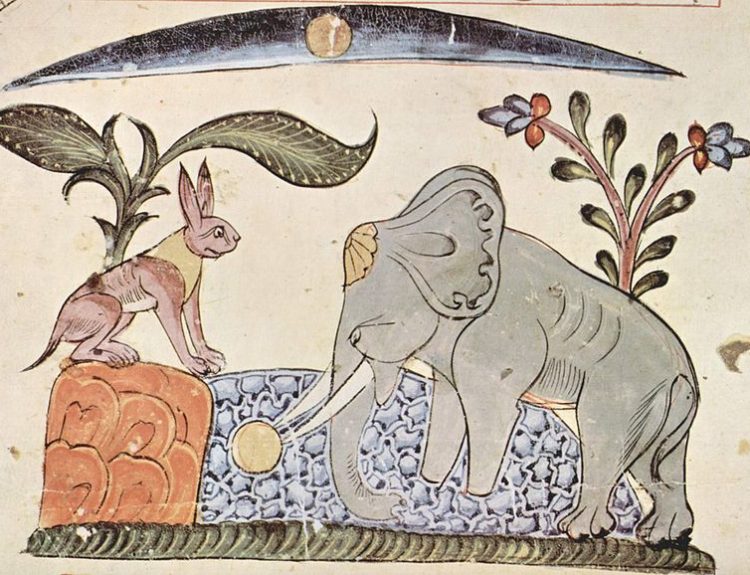Cultural diffusion is the process by which cultural traits discovered or invented at one place or society is spread directly or indirectly to one other place or society.
The following factors are influential in process of diffusion-
- Relation and Transportation
- Need for the desire for new traits
- Competition with old traits and their opposition
- Respect and recognition of those who bring new traits

Conditions related to cultural diffusion:
1. Any cultural group will adopt cultural traits of another cultural group only when it would be meaningful and useful either economically or socially or both.
2. In course of diffusion cultural traits may not remain in their original form but changes in them can take place due to different environmental situations.
3. Process of diffusion of cultural traits always follow from high culture to low culture or developed culture to underdeveloped culture.
4. Process of diffusion may create culture change in groups adopting a culture of other groups. Sometimes borrowed cultural traits get assimilated easily, but sometimes, they are responsible for any changes.
Also, go through the article- Diffusion and Acculturation
Diffusion School
There are three schools of diffusion theory-
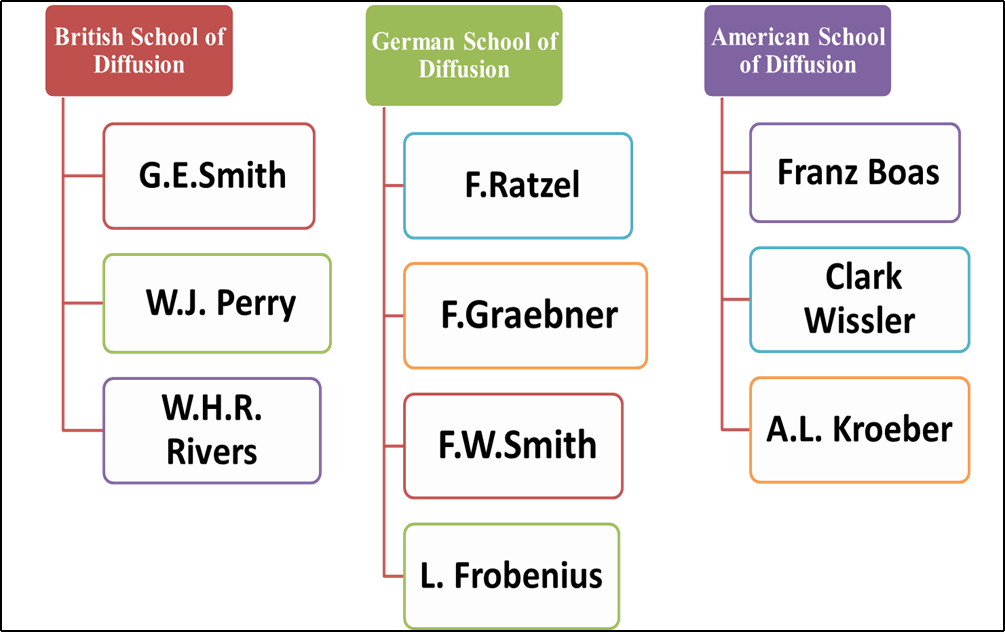
British School of Diffusion (= Extreme Diffusionists = Heliolithic = Pan-Egyptians = Egyptologists)
Elliot Smith was the founder of this approach and W. J. Perry and W. H. R. Rivers were the true follower of it. According to these scholars, Egypt was the only centre of culture, from where cultural traits diffused or migrated to the rest parts of the world. This was the real weakness of their school.
German School of Diffusion (= Kulturkreis School = Culture Historic School = Culture Circle School = Culture District School = Australian Continental School = Migrationists )
Pioneers in this school were F. Ratzel, F. Graebner, F. W. Schmidt and Leo Frobenius.
They held the opinion that cultural traits or complexes developed at different places and reached into places of other parts by migration. Thus, they accepted the theory of diffusion as well as evolution both for cultural development and growth.
Graebner- Primary diffusion and Secondary diffusion, Kulturkreise and Sub-Kreis.
F. Ratzel gave the Criteria of Form (Formengedanke) which was called Criteria of Quality by Schmidt.
While both gave the theory of Criteria of Quantity.
Leo Frobenius- Biological Statistics, Biological Criterion/ Geographical Statistics
Geographical statistics/ criteria of quantity mean one should count the number of similarities.
Criteria of form/ Criteria of Quality means one should count on both similarities and dissimilarities of cultures.
American School of Diffusion (Culture Area School)
Franz Boas, Clark Wissler, A. L. Kroeber were pioneers in the approach. Scholars of this approach answered the question that why diffusion takes place. The answers in this way-
- The process of imitation causes diffusion of culture traits and complexes from one place to another or from one cultural group to another
- Sometimes it looks easy to borrow some traits from other cultural groups instead of inventing them separately.
The geographical area that shows cultural similarities or the area in which similar cultures are found is called a Culture area. The whole area where diffused traits are found is called a Culture circle. The centre point of this area is the Culture centre. This is the place where a cluster of traits is found, not where the richest life is led by the people. Marginal culture is one where traits from the neighbouring area are to be concerned.
Clark Wissler told about two types of diffusion-
- Natural diffusion: in which diffusion of cultural traits and complexes takes in a natural way. It is a slow process.
- Organized diffusion: on the other hand, it is very quick and transmitted through organized agencies like missionaries, invaders, contacts with inhibitors of alien culture etc.
Clark Wissler: Age- Area concept, Culture Centre, Culture Area concept
A. L. Kroeber: Cultural Climax, Cultural Intensity, Culture as Superorganic and Superindividual, Style and Civilization, Ethos and Eidos
Franz Boas: Historical Particularism
Conclusion
- British school focused on Diffusion
- German School focused on Migration
- American School focused on Imitation, Process of Diffusion, why Diffusion?
Read more:
- The Maharaj Libel Case of 1862: A Landmark in Colonial Legal and Social History
- Acclimatization: The Subtle Dance Between Humans and Their Environment
- The Anthropology of Sleep
- Lamarck’s Theory of Evolution
- Bipedalism and Structural Changes
